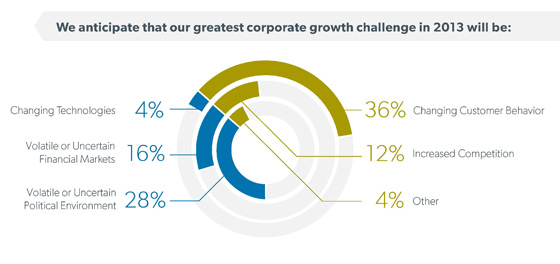
A recent survey of risk experts revealed some familiar findings: economic uncertainty, market volatility, regulatory risk and cybersecurity are among the top threats facing businesses in 2012. But according to responses gathered by PricewaterhouseCoopers, which released the results of its first annual “Risk in Review” two weeks ago, there is another concern with which companies are increasingly concerned: competition.
This certainly does not fall into the “emerging risk” category that so many analysts spend their days brainstorming about. In fact, in a sense, this survival of the fittest threat goes back to the primordial days before human—let alone mercantile—history ever began.
But it is something that few in this corner of the world discuss in terms of being an actual risk, most likely due to the fact that it isn’t something anyone has considered an issue that risk management could help curtail.
buy augmentin online https://galenapharm.com/pharmacy/augmentin.html no prescription
Until now.
Nearly two-thirds (60%) of the more than 1,000 executives and risk management leaders surveyed believe competition is on the rise, and almost three-quarters (73%) of those who work for technology, information, communications and entertainment companies named increased competition as the most critical risk they face. PwC credits this to falling trade barriers and the proliferation of digital platforms that allow easy market entry for everyone from multinational corporations to startups to a single individual working from hom. And it suggests that strategic risks management is the means to combat this competitive risk.
“In this new risk era, corporate boards and senior management have a crucial role to play to ensure they set the right culture and align their strategy to risk imperatives,”said Dean Simone, leader of PwC’s risk assurance practice in the United States.
More than just suggesting a solution, PwC offers some advice. The key means to better strategic risk management it lists are elevating the chief risk officer, increasing the board’s involvement, integrating risk management into the decision-making process, and bolstering IT’s ability to inform business leaders (through generating better data quality, reporting, forecasting and scenario analysis).
Combined, this can be overwhelming, but it’s the only way to stay ahead of the Joneses. “Risk management leaders have their work cut out for them,” said Simon.




